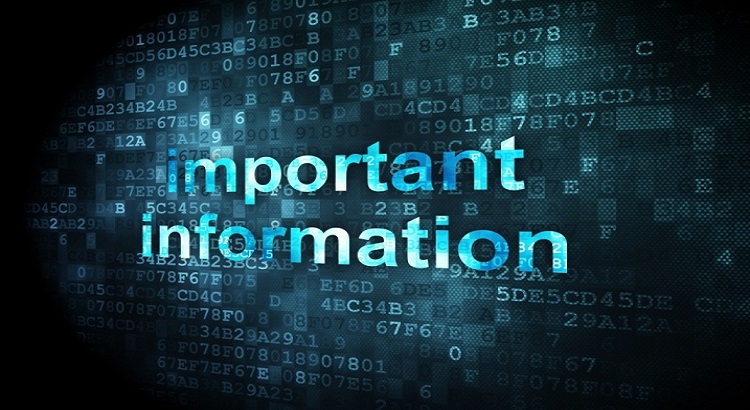Equity Services, Inc. (“ESI”) has always believed that mutual fund “switches,” which result in the client paying an additional sales load that could be avoided, must be in a customer’s best interest. For that reason, ESI has enhanced its process to review mutual fund switches. Specifically:
- The Mutual Fund Purchase and Disclosure (“MFPD”) form has been modified to include a new section requiring an explanation for the switch and a client acknowledgment when a switch occurs;
- If Registered Representatives (“RRs”) do not obtain this disclosure within specified time periods, communications will be sent directly to the customer by ESI and administrative charges will be assessed to the RR;
- Defining when an MFPD is required and when an MFPD is not required (Source of Funds form would be sufficient).
- Enhanced surveillance reports with information about RRs engaging in switching will periodically be sent to Branch Office Supervisors, to enhance their supervision of these transactions.
What is a Switch?
Switching is recommending the sale of one mutual fund where a front-end or back-end load was paid, to buy another mutual fund with a sales load that could be avoided through the selection of a different fund. A switch can occur in brokerage as well as direct accounts. ESI previously discussed the concerns presented when switching occurs in Field Notice 2015-04. The adoption of Regulation Best Interest, and its focus on the cost of investments, only serves to highlight these concerns.
What is not considered a switch:
- An advisory account on either side of the transaction;
- Liquidating assets inherited by a customer regardless of load paid by original investor or load paid for new mutual fund;
- Selling a C-share to buy a C-share, with no CDSC on the sell side of the transaction.
Changes to the MFPD
Page two of the MFPD has been updated to require the following additional information, if there is a switch:
- Check ‘Yes’ or ‘No’ to indicate whether a switch is occurring.
- Explain the recommendation to exchange one fund family for another, and why the existing fund company could not meet the client’s needs. The explanation should be separate and distinct from the transaction rationale on page one of the MFPD and the Best Interest Worksheet.
- Client’s initials, acknowledging they understand that a switch is occurring and the potential consequences for the switch. (Note: this is not new language, but the client acknowledgment is new.)
NOTE: The updated MFPD is currently available in the Agent Portal, under the Forms & Materials search, and will be available in Docupace no later than June 30, 2023. Please use the new form and destroy all older versions of the form. Mutual fund switch transactions without the new form will be considered not in good order.
When MFPD is Required
The MFPD contains important information the Firm often uses to satisfy its obligations under Regulation Best Interest. This includes information such as differences between share classes and breakpoints. For that reason, the Firm requires the MFPD:
- When a direct mutual fund account is first opened,
- When a subsequent deposit is made to a direct mutual fund account that is a mutual fund switch, and
- When mutual fund transactions in brokerage accounts occur which exceed $20,000.
When MFPD is NOT Required
A Source of Funds form would be sufficient when:
- The money used for the MF purchase is from a client’s personal/business account or savings account.
- The redemption of another long-term financial product, such as variable or fixed annuity, surrender of life insurance, qualified plan proceeds, etc.
- Assets in an existing account are retitled.
- Intra-fund family transfers of the same share class.
- No-load/no-transactions fee transactions within a wrap or managed account. However, a MFPD may be required for new assets coming into such accounts, a described above.
- Stock, bond, or CDs are liquidated to purchase a MF.
- At the discretion of the Suitability Principal based on their review of the transaction.
Failure to Provide MFPD or Client Acknowledgment of a Switch
Suitability Principals will continue to reach out to RRs when 1) the MFPD is missing, or 2) the switch language is missing, not complete or not acknowledged by the customer, as required.
If the required information is not received within 30 days of reaching out, ESI will send a letter directly to the client. The letter will discuss what the customer needs to understand when deciding to engage in a switch, specifically, that the new sales charge could have been avoided had they remained in the fund they just sold or exchanged the investment for a new fund in the same fund family. Additionally, an administrative fee of $250 will be assessed to the RR for failing to provide the required information within the required time period. RRs who repeatedly omit or provide incomplete MFPDs may be subject to additional disciplinary action.
Switching Surveillance
Compliance regularly reviews a report which includes the switching activity of ESI RRs. You may be contacted by Compliance to clarify information around your mutual fund activity. Additionally, to help them better understand and supervise switching activity within their FOSJ, Compliance will periodically provide Branch Office Supervisors and their designees with information about switching activity.
QUESTIONS
If you have any questions regarding the switching, please contact ESI Suitability at 800-344-7437.
TC134410(0723)1
Read More









